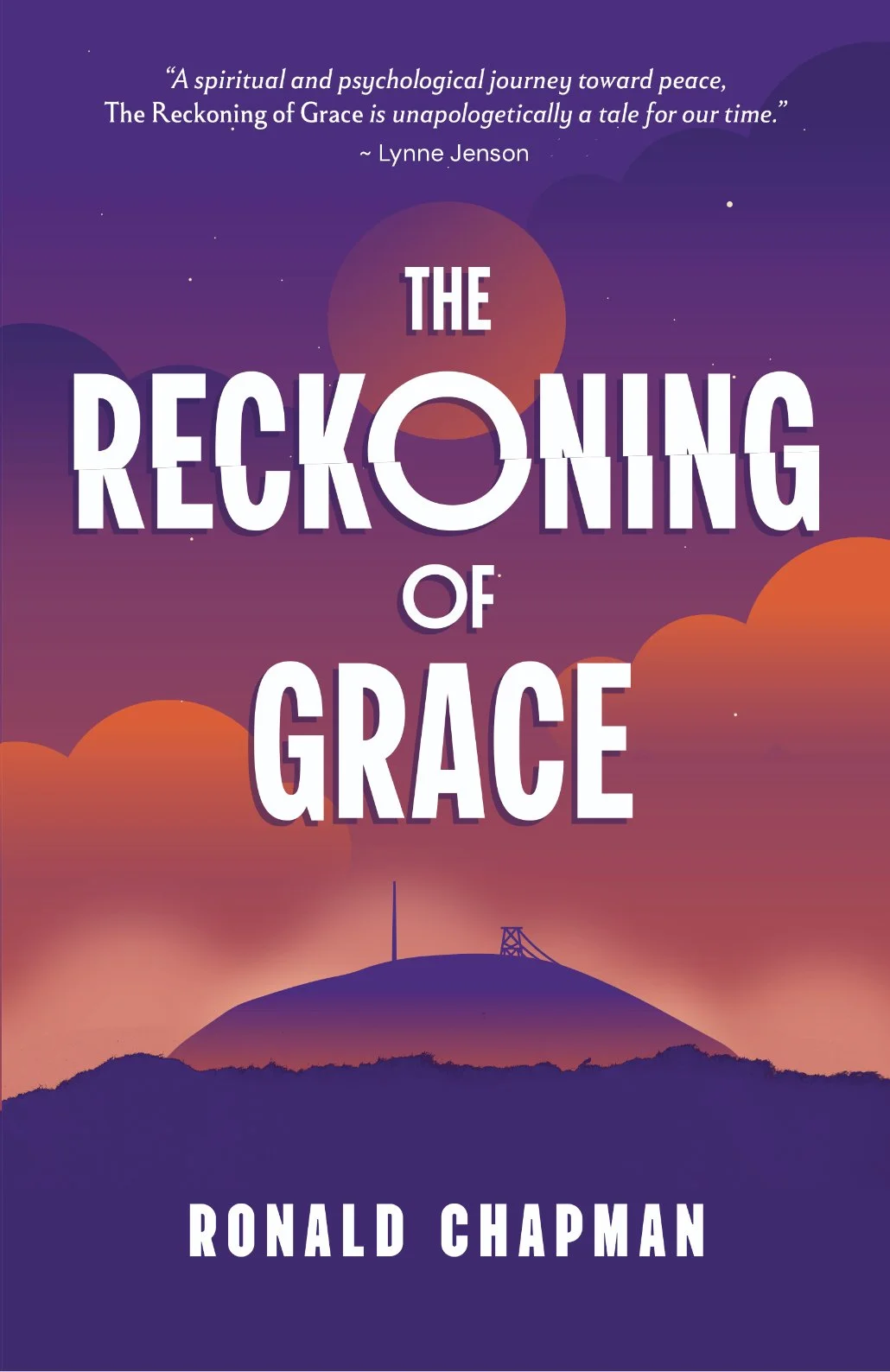Getting Unhooked
/Getting Unhooked - The Velcro Effect
On seemingly countless occasions I have been asked to assist clients and students in getting free from resentments, regret, conflict and old belief systems that no longer serve them well. At some point in time it became evident that Velcro is a useful metaphor for understanding the problem and the solution.
How does Velcro actually work? It works because of the locking of two tiny devices, a hook and a loop, that face in opposing directions. The effectiveness is measured by the energy demonstrated when pulled part. Scritch!
Of course, in the life of any Velcro strip there comes a point where it no longer holds. Some hooks or loops no longer lock into place.
If you think about a conflict of some kind even if that conflict is with a belief system or an institution, it operates the same way at the psychological level. We are "hooked" to a "loop" on the other side. And the pain or anger or discouragement we feel is the energy of the dysfunctional connection.
Interestingly enough, even if we can muster the means to break free, the psychological Velcro effect still works when we come into proximity to the other hook or loop. Think of all the bad relationships that get broken off, seemingly for good, only to start up again when the parties meet. Or the resentment or grief thought to be resolved until one party bumps into another party and the feelings rush back. Or consider the people who believe they have had breakthrough changes in their perspectives only to find them start up anew with some psychic nudge.
Velcro, whether in the material or psychic realm, will always behave as Velcro until the hook or loop or both are dissolved.
Let’s be honest. It is a fool’s game to think that someone or some thing is going to change. In other words, planning for the hook or loop on the other side to be dissolved is not a good strategy. Therefore, we are left to work on our own.
As an aside, did you ever notice that blaming the other side produces no real outcomes? That's because the only solution is on our side of the proverbial street…or Velcro if you prefer. Worse still, the research of Dr. Brene Brown shows that once we blame someone or some thing, our ability to see our own contribution to it is lost to us.
So how do we deal with our hook or loop?
First, we have to get a good look at it and understand it. Perhaps I have a fatal attraction to helpless women … or men. (That's a fun example with which to play!) I must begin by seeing there is a pattern.
Typically then, we must look at the effects it produces: pain, suffering, frustration, anger, injuries, etc. And it helps to make it as real as possible. In other words, it’s not sufficient to see these conceptually. What are the injuries to the helpless women or men and to me? Exactly what negative outcomes come about? In the recovering programs they would call this an inventory of unmanageability.
Seeing the effects brings into play the emotional centers of the psyche. We can "know" something to be true, but be totally divorced from its implications. We may have it in our head, but it is not in our heart.
Next we need to examine the value that we find in the hook and its effects. Humans only act out of perceived benefit. Rest assured, if we are negatively attached to something there is a payoff for us.
Here's a great example related to a fatal attraction to helpless women or men. What if my life pattern has been to find meaning for myself in trying to repair those who are not repairable? The pay off is a psychological one. The failure and suffering give me meaning, even if it is a twisted kind of meaning. At worst, the "helper" becomes my identity. I have no meaning for myself other than that.
If I can get a good look at the value I'm getting, and see that it actually is not valuable, then my hook or loop will dissolve. The result is that the Velcro effect ceases. I am free.
One sage calls this process "re-evalution." The ancient Greeks called it "metanoia," a profound change of heart. I call it Seeing True. If we want to keep it simple, we might just say "there is a release."
Regardless, when the value shifts all behavior necessarily changes.
The design is a perfect one actually. If you can hear or feel or see the "scritch" someplace in your life, it is a sure sign clean up is required. When the "scritch" is gone, the work is done.
Velcro. Who knew it could teach us so much.
Seeing True™
Jesus told us you cannot put new wine into old wineskins. That's an ancient parable for Velcro.
Seeing True™ in Action
Let’s play a game of hypothesis in order to get a look at the Velcro effect.
Select some place in your life that is unresolved and that presents you with some pain or distress.
First describe the “hook” or “loop” on the other side by articulating what that person, or circumstance, or institution, or belief is doing that affects you.
Then, describe the effect that it is having, for example frustration, anger, loss of sleep, and so forth.
Assuming then that in order to be “hooked” you must have a “hook” or “loop” within you, how might the Velcro effect occur? What might be the basis for getting “hooked?” Generate as many plausible ideas as you can.
Then rank the ideas for how they could be “hooking” you. Get the best to the top of the proverbial heap. Be careful you’re looking for your “hook” or “loop” not theirs.
With the most probable explanations, explore them to see what you can learn.
When you are done, see if the pain or distress has been altered as a result.
Repeat as needed, of course!
Updated May, 2025















